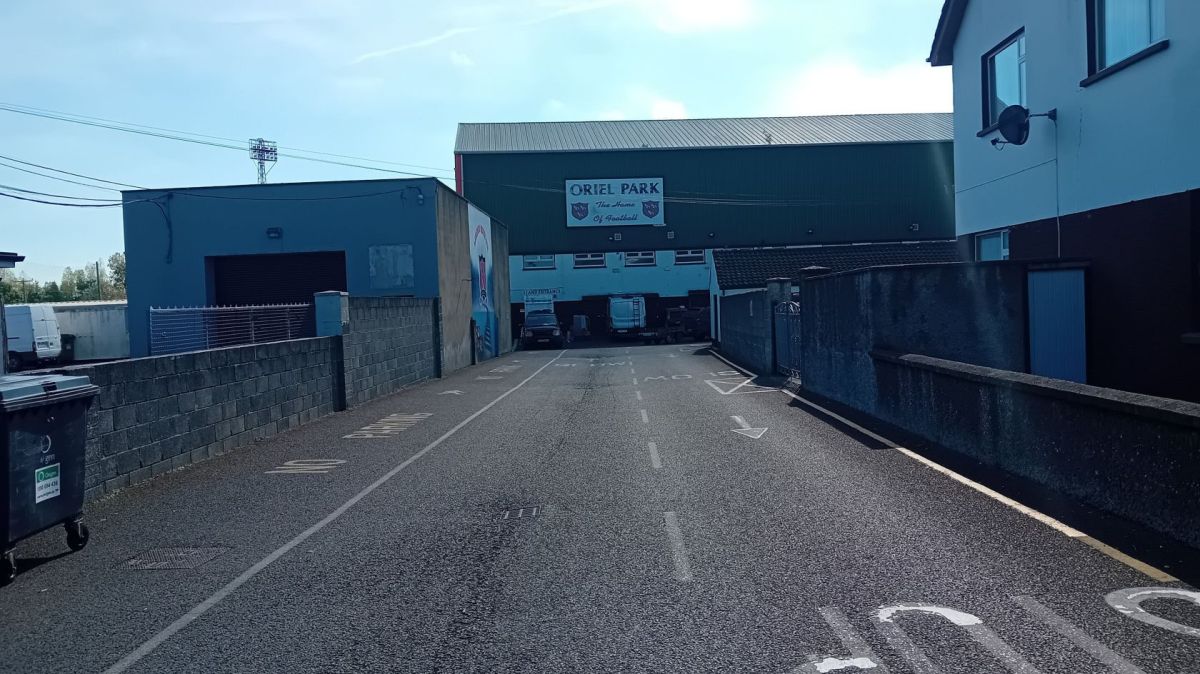According to Astronomy Ireland, there might be up to 20 times as many shooting stars during the Perseid meteor shower, with the highest chances being on August 12 at 10 p.m.
The comet Swift-Tuttle, which makes one round around the sun every 133 years, is linked to the event by its dusty remnants.
A blazing stream of light may be seen in the sky when the comet's meteoroids, which are primarily no larger than a grain of sand, burn up as they enter Earth's atmosphere at a speed of 36 miles per second.
Peak temperatures when they enter the atmosphere can range from 1,648C to 5,537C. Because the meteors appear to dart out of the constellation Perseus, they are known as Perseids.
As per Astronomy Ireland, the meteor showers are expected to be seen on August 11 and 13.
Despite the fact that the meteor shower will peak on August 12th, Nottingham Trent University associate professor of astronomy Daniel Brown said it is worthwhile to watch for a secondary peak, should it materialise.
"The meteor shower gradually intensifies starting in mid-July and reaches its maximum activity at 100 meteors per hour on August 12," he stated.
"After then, it decreases until the middle of August."
"But in actuality, the activity may exhibit more intricate fluctuation, suggesting that the peak may not be the only one."















